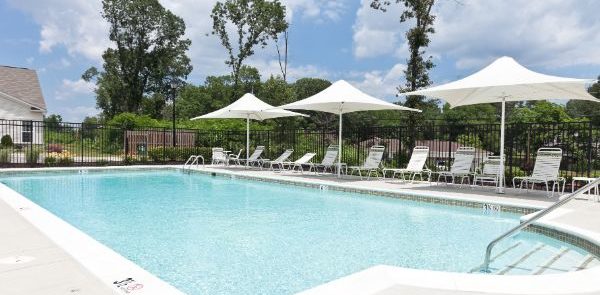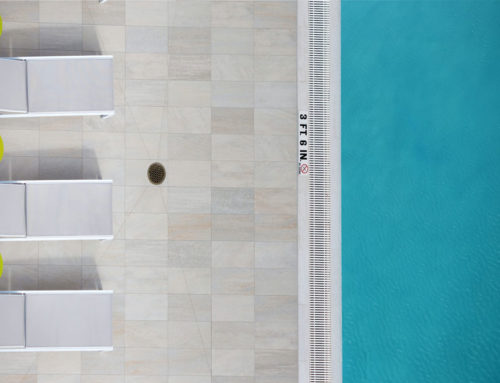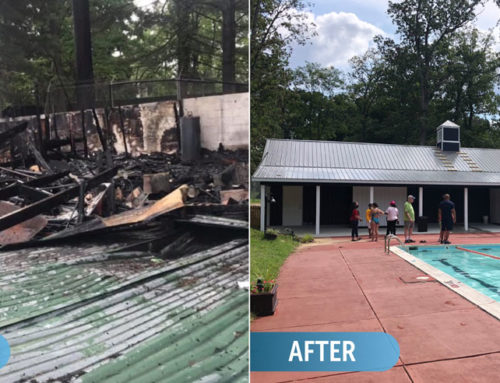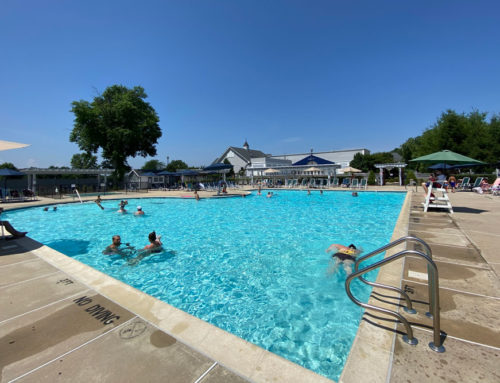To keep your facility’s pool crystal clear and bacteria free, algae prevention must be a part of routine maintenance. Algae are photosynthetic aquatic organisms. When algae is present in a pool, the water can look cloudy and your pool can appear unclean. Although algae is initially harmless, if left untreated, it can create a dangerous environment for bacteria growth. Because algae leads to low water clarity and low chlorine levels, it creates an unhealthy pool environment for swimmers.
Causes of Pool Algae
It’s important to understand the causes of algae. After you are aware of the causes, you’ll have a better understanding of how to keep your facility’s pool algae free. You’ll also have an idea of when extra steps are necessary to aid in algae prevention. Poor water balance, poor water sanitation, poor water circulation, and poor water filtration can all potentially lead to the growth of pool algae. Here are some common factors that can cause algae to manifest.
Pool Parties
As summer comes into full swing, you may be hosting more pool events. These parties mean there will be more people in the pool. A higher than average amount of people in the pool can cause chlorine levels to dissipate more quickly. This is because swimmers bring elements like dirt, bacteria, and sunscreen into the pool. Chlorine works to demolish all of these impurities, which ultimately leads to lower levels of chlorine. Lower chlorine levels can lead to faster algae growth. This is because low or inconsistent chlorine levels contribute to poor water sanitation. Poor water sanitation is a factor that can lead to algae growth.
Summer Storms
The weather also contributes to algae growth. Higher temperatures are big nitrogen contributors, which algae thrives on. Nitrogen in the air combined with rain that falls into the pool leads to more pool algae.
Plant Fertilizer
If your facility uses plant fertilizer to keep its landscapes green, you may need to take extra steps to prevent algae growth. Two common ingredients found in plant fertilizer are nitrogen and phosphorus. These ingredients provide your landscape with the nutrients it needs to grow and thrive, but unfortunately they can also provide algae with nutrients. If remnants of plant fertilizer make it into your pool water, it can help algae can grow and thrive in your pool.
Poor Filtration and Circulation
Proper maintenance is key in preventing algae growth in your facility’s pool. However, maintenance efforts won’t have as much of an effect without proper filtration and circulation. This is because filtration systems circulate your pool water and clear it of any debris and bacteria. This disperses any stagnant water for algae to thrive in. A healthy pool filters its water a minimum of six to eight hours per day with return jets located in and around the pool to prevent stagnant water.
Ways to Prevent Algae
Keeping pool algae growth under control involves the combination of a few elements.This includes proper water balance, proper filtration, proper circulation, proper sanitation, quality algicide, and supplemental sanitizers. This is the perfect recipe for an algae-free pool!
These details should be handled by pool experts to ensure that the proper steps are being taken. Hiring a pool maintenance professional helps guarantee a healthy, safe pool for guests. If your facility needs help cleaning up an algae outbreak, or wants to take preventative measures, our American Pool professionals have got you covered! Contact us today!






